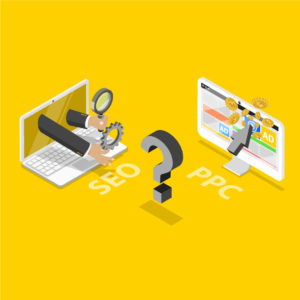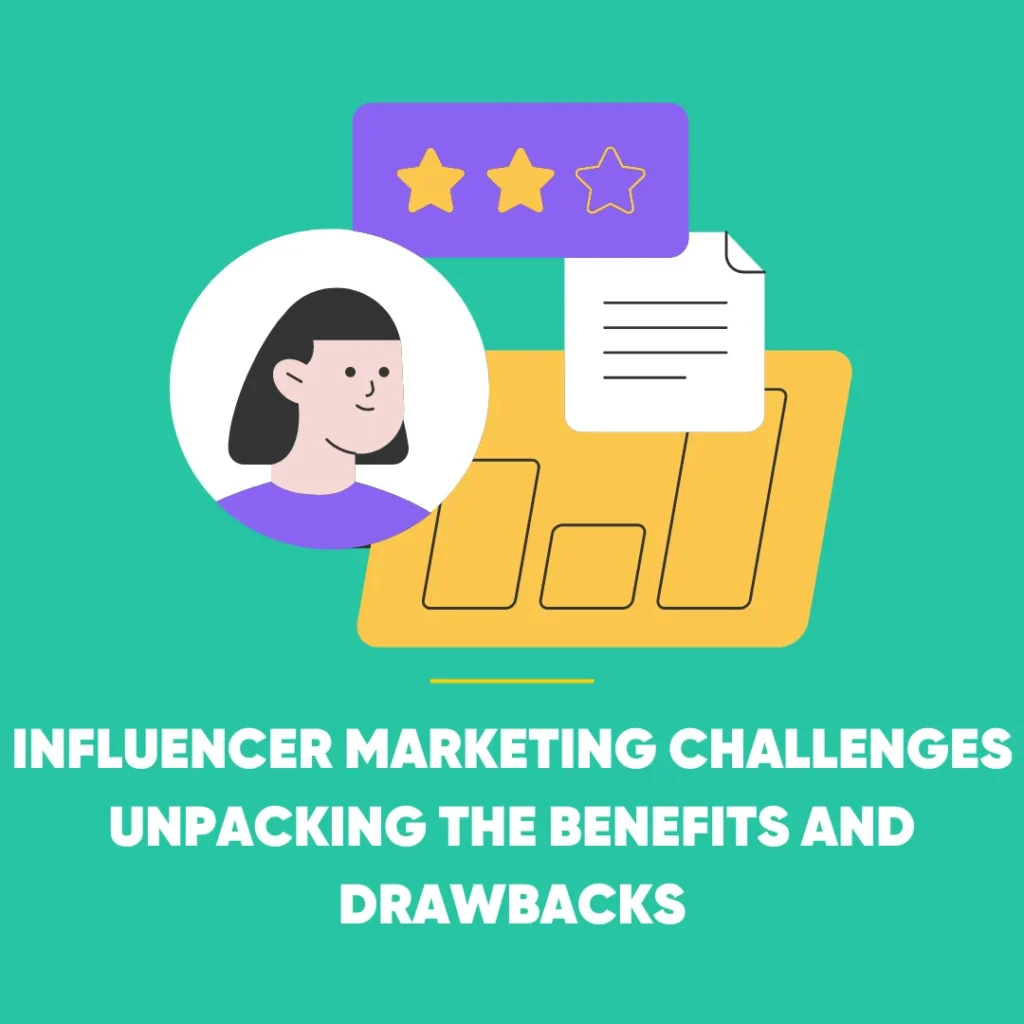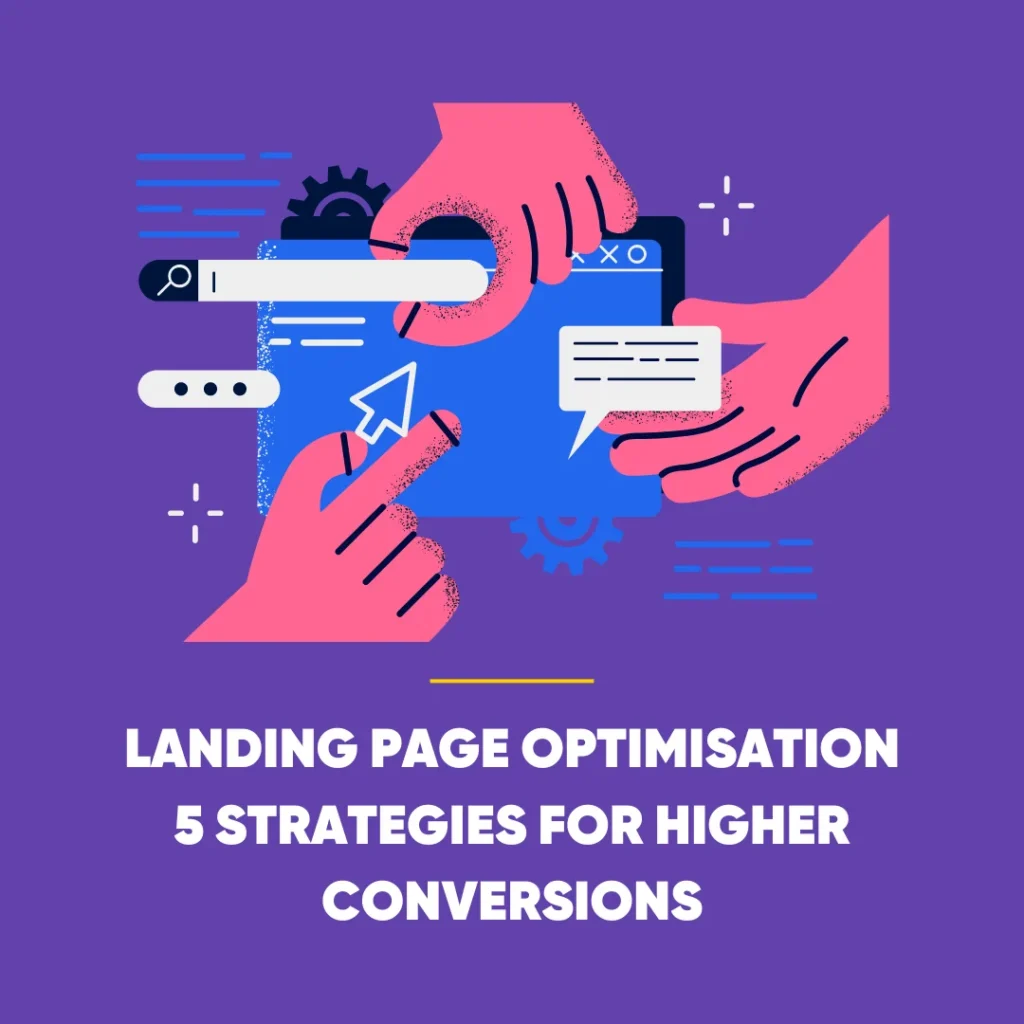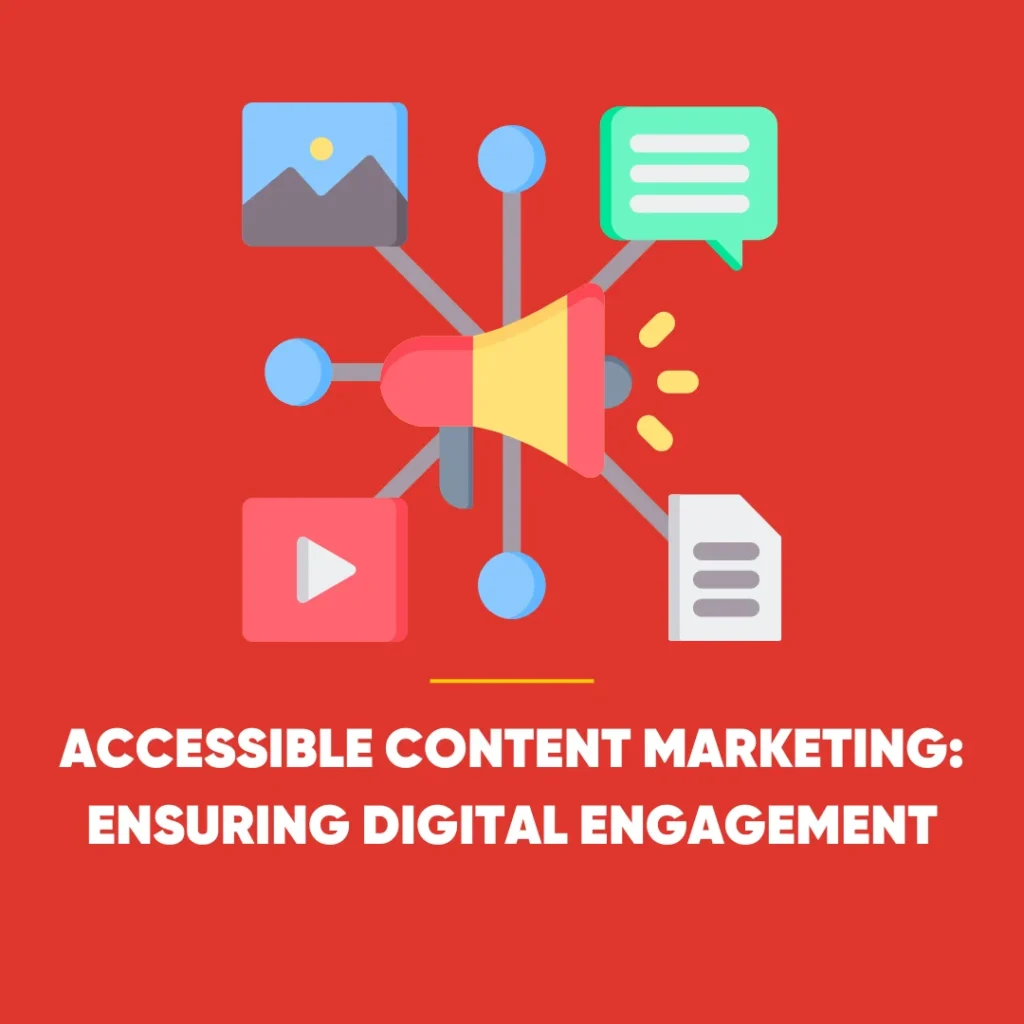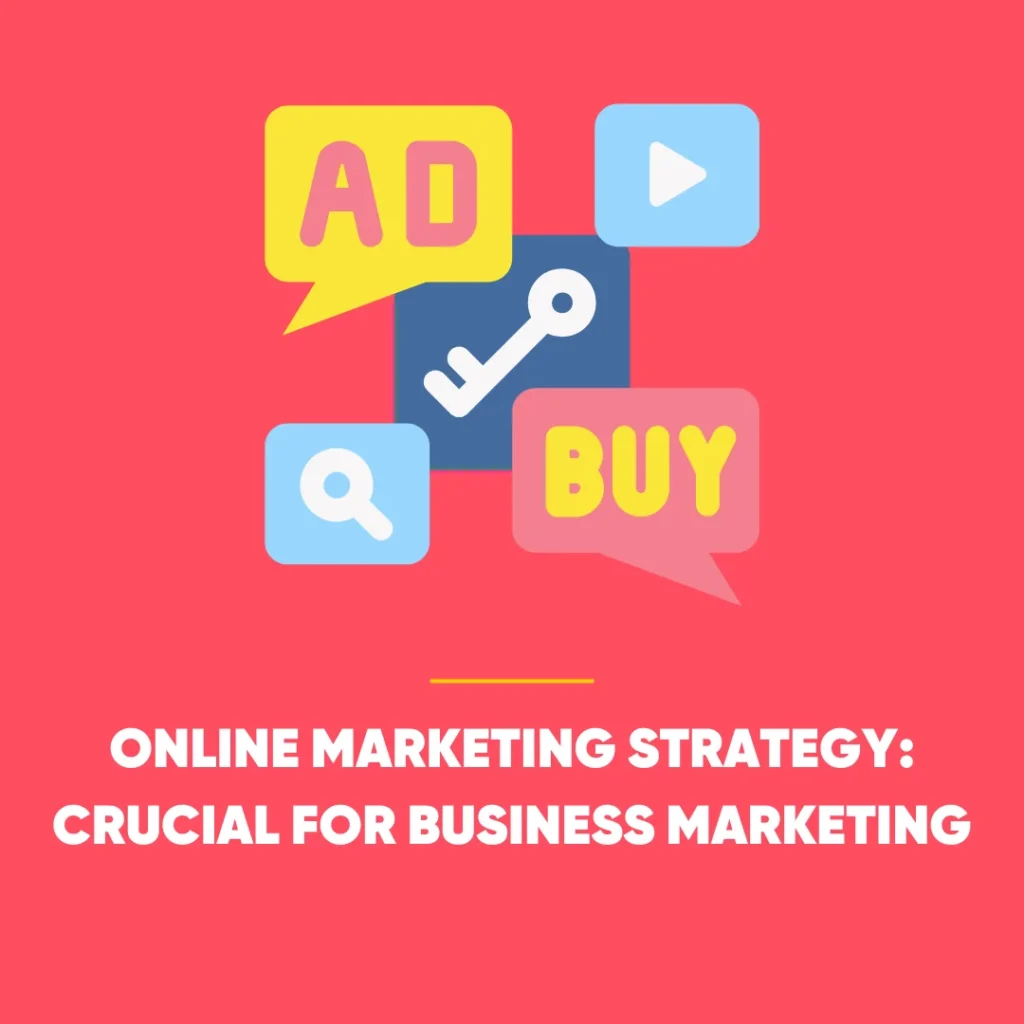
Here’s Why Your Website is Getting No Traffic
Simply put, the potential revenue of an online company takes a massive hit if its website isn’t getting anywhere near enough traffic. With this in mind, let’s take a look at what you need to keep an eye on in order to help ensure that your business doesn’t succumb to such a fate.
Target audience
Question Time
The reasons your website isn’t getting any (increased) traffic can vary, but they’ll never be known unless you have a clear understanding of who to target. As such, ask yourself the following questions: Who are they? What are their needs? What are their concerns?
Your target audience not knowing that your website can provide them with solutions or, worse still, not even being able to find you in the first place, isn’t exactly a great way to increase your traffic. As such, we come to a fourth question that needs asking: in what ways can your business provide solutions?
Research
It all begins with research. Be sure to delve into your existing customer database to lead capture forms as well as analytics data to help create your ideal buyer persona and gain a fuller understanding of their buyer’s journey. Having done this, your website’s content can be suitably adapted.
Awareness
Inbound Marketing
Inbound marketing tactics can be used to ensure that your target audience is actually aware of your business and can associate you with solutions, paving the way for them to become customers.
To create such traffic during this awareness stage, it’s all about using the correct channels to provide relevant information for your target audience. Ideas include:
· Creating relevant content
· Improving SEO leveraging social media platforms
· Creating a Google Ads campaign
This should help in getting them on to your website, but they need to be engaged enough to stick around. At this stage of the buyer’s journey, new channels could be used. Ideas include:
· Chatbots
· A call to action
· Forms
CRM integration is a great way in which you can turn a lead into a customer at this stage. If this isn’t an available option for you, why not try emails and workflows? The resulting surveys and feedback on the likes of Google My Business or general social account promotion could snowball into attracting new visitors.
Keywords
With keywords playing a vital role in your site’s ability to rank well, you need to ask yourself what keywords you are trying to rank for through your current content and whether they are in line with what your target audience are searching for.
Keywords involve somewhat of a balancing act. Ones that are too popular are generally harder to rank for, while the opposite can drive no traffic at all. As such, it’s worthwhile to use a keyword tool, which provides an insight into the search volume and ranking difficulty of each keyword, as well as highlighting similar popular keywords related to your search term.
Be sure to specify search terms though long-tail keywords. For example, ‘branding agency notting hill’, as opposed to simply “branding agency.” Seed keywords with minimal competition as well as long-tail high-volume keywords are the way to drive an even higher amount of traffic.
Technical on-page optimisation
On-page SEO consists on technical elements, which should reflect the chosen keywords for each page. These technical elements include:
· Page titles
· Meta descriptions
· Alt tags
· URIs
· On-page content of a page
With on-page SEO being vital in terms of driving traffic to your website, it’s essential that you check that all of these technical elements are correct for your key pages.
Make sure not just to pull from the page content, and instead use a range of your offered services that a user may search for along with these terms. This will help Google to understand what your page is about, thereby improving your rankings over time, increase your traffic and ultimately allow your audience to associate your website with providing solutions to their problems.
Content
Ensure that the content on each page of your website is relevant to the user intent by linking your keywords, technical on-page optimisation and content all together. Your landing page is particularly important, as irrelevant content here will likely lead to nothing but your potential customers exiting the site, creating a high bounce rate.
Relevant Content Tips:
Keep content detailed
Use H1s and H2s to clearly organise content
Ask yourself, where in the buyer’s journey are your target audience?
Weave your keyword into your content
Don’t duplicate content from other pages
Blogs
Seldom does a great blog not involve a content strategy. By showing your expertise in the products and services you provide, an informative, authoritative and trustworthy image can be created. A solid and relevant content strategy will ensure you target a specific stage in your buyer’s journey.
As stated earlier, the potential revenue of an online company will take a huge hit if its website isn’t getting anywhere near enough traffic. By following the above advice, the possibility of your company falling into the same category should be kept well at bay.
Good luck!


